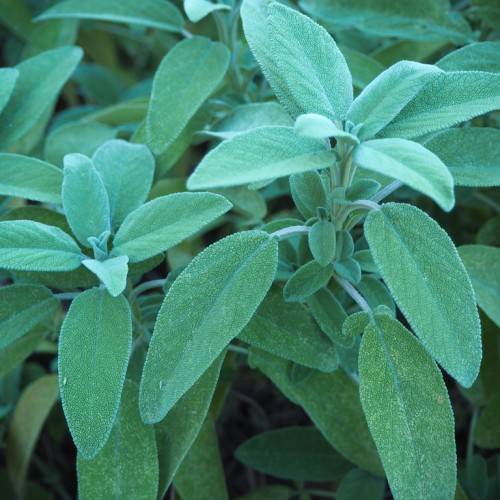
common sage
Salvia officinalis
Cycle:
Herbaceous Perennial
Watering:
Minimum
Hardiness Zone:
4 - 8
Flowers:
Flowers In Summer
Sun:
Full sun
Fruits:
Fruits Ready In Fall
Leaf:
Yes
Growth Rate:
Low
Maintenance:
Moderate
Drought Tolerant:
Yes
Salt Tolerant:
Yes
Care Level:
Medium
watering
Common sage should be watered regularly and deeply. Water the plant when the top inch or 2 of soil is dry. This is usually once or twice a week. Be sure not to over-water, as the plant can develop root rot if left too wet for too long. Be sure to check the soil before watering to ensure it is not already overly moist. Additionally, you can mist the leaves with water to keep them looking healthy and vibrant.
sunlight
Common sage (Salvia officinalis) should be grown in a sunny location for best results. It should receive at least 4 to 5 hours of direct sunlight per day, preferably in the morning. Avoid direct exposure to the sun when it is at its peak during the middle of the day during the summer months. If planted in a container, move it to a sunnier location if possible. In northern climates, some protection from the afternoon sun may be needed in order to prevent scorching of the leaves.
pruning
Common Sage (Salvia officinalis) should be pruned during mid to late spring (April - May). Pruning should be done moderately - about 1/3 of the branches should be cut during each pruning. Remember to use sharp pruning shears and to make each cut at an angle. This will help to keep the plant looking healthy and vigorous. Pruning will also help to keep the size of the plant from becoming too large. Additionally, pruning will also encourage even more bushier growth, which is ideal for Common Sage.
